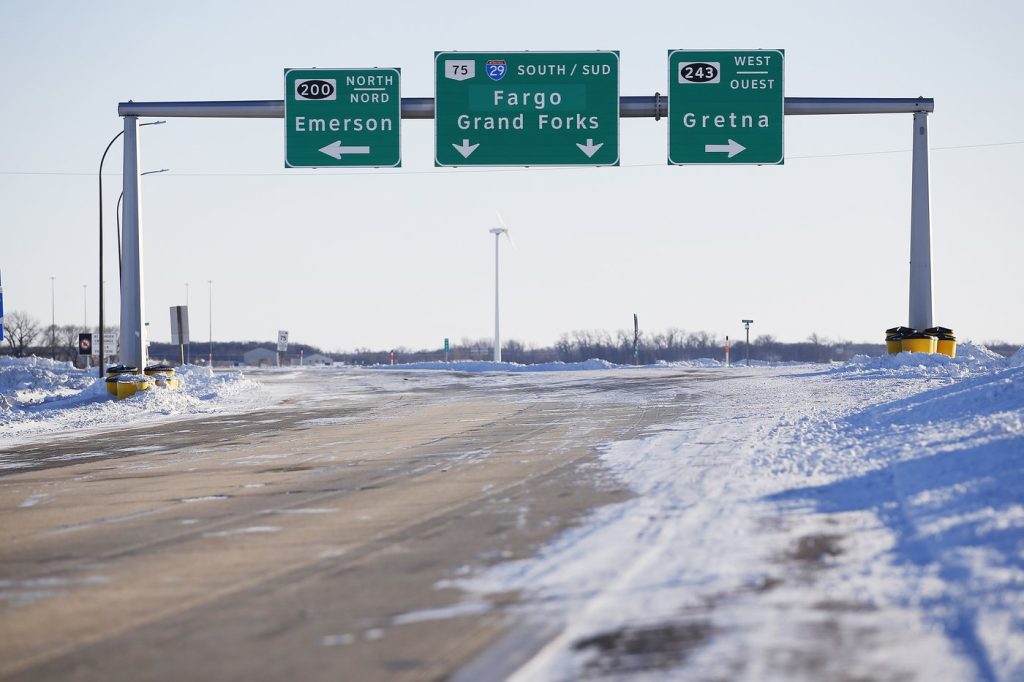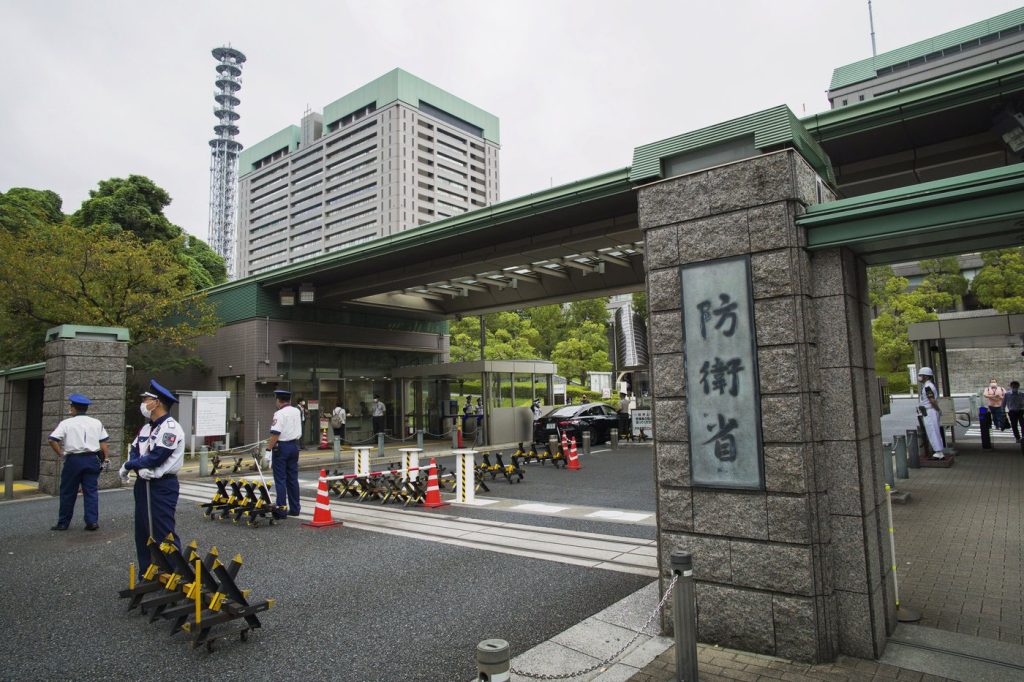Toronto releases Winter Services plan for unhoused residents, advocates call for action
Posted November 7, 2022 4:48 pm.
The City of Toronto has released their plan to combat homelessness and help those experiencing homelessness as temperatures gradually begin to drop.
One councillor-elect and various advocacy groups are already criticizing these actions, saying it doesn’t go far enough to protect some of the city’s most vulnerable residents.
This development arises as deaths amongst people experiencing homelessness hit 221 residents in 2021.
The city’s plan includes adding more than 1,000 spaces in the shelter system, with 132 spaces by expanding capacity at existing shelter sites and 100 hotel rooms for refugee singles and families, and new permanent affordable rental housing with support.
Bed separation in shelters will be reduced from two to 1.25 metres to increase capacity by 500 spaces. There will also be 60 additional spaces in warming centres during extreme cold periods. Two sites at Metro Hall and Scarborough Civic Centre have been confirmed.
Extreme cold warnings are issued when the temperature is forecasted to be -15 C or colder or a wind chill of -20 C or colder.
It’s estimated that close to 9,000 people will need shelter this winter, and the city is planning to spend $647 million.
When asked if more spaces would be available in warming centres throughout the city, acting General Manager of Toronto Shelter Support and Housing Gord Tanner said, “Warming centres play a critical role when the extreme weather gets cold enough to bring forward an extreme cold weather alert. Their services through that sort of provide just a warm place, access to snacks and a shower.”
This plan was introduced just weeks before the city plans to close 251 beds at the Novotel. Tanner said the hotel and temporary shelter program opened during the COVID-19 pandemic were temporary.
“[The City] relies on leases with private landlords to keep those programs going,” he mentioned. “We continue our search and every community across Toronto for appropriate sites we can open as emergency shelters. But what we’re releasing today is our winter plan.”
Outreach worker for Sanctuary Toronto, Greg Cook, expressed a high level of concern for the people that will be left outside despite the city’s latest plan.
In September alone, Cook said 170 people called the city looking for shelter space in Toronto and were turned away.
“Think about that throughout the winter … this plan is only promising 232 spaces. And I’m really concerned about people’s well-being,” Cook said, noting that the city should be working to keep the Novotel program going.
“We know that a way to extend the lease is up for more money so that they could do that. And also there are other hotels in the city. We know the city has around 20,000 hotel beds in the city. So there’s probably a lot available, and I don’t believe the cities are trying hard enough to make sure.”
Chris Moise, City Councillor-elect for Toronto Centre, tells CityNews not enough is being done.
“We should have had a plan in place months ago. We’re already in November. We know this is coming. It happens every year. In addition to having a winter plan, we should have a year-round plan,” said Moise.
He also questioned the decrease in space between the beds and said people need to be able to go into those shelters and feel safe.
“We’re still in the pandemic. So we need to keep those distances apart. It’s flu season coming up, and we know that the COVID-19 numbers are going up, so we need to make sure that we mitigate that and keep that in mind when we provide the spaces,” said Moise.
With the reduction in space between beds and an increase in capacity, Tanner confirmed officials would be monitoring if any COVID-19 outbreaks occur in the shelters.
“We will continue to work with Toronto Public Health. We’re in touch with them daily concerning infection prevention and control work in shelters.”
The Shelter and Housing Justice Network (SHJN) is planning a public delegation outside Mayor John Tory’s office on Tuesday to encourage the city to add more shelter space and restore funding to programs the SHJN said are critical for those experiencing homelessness.
“The city is cutting funding to critical services when homelessness is increasing, and many people are struggling to deal with the rising cost of living … The effects will be catastrophic for those experiencing homelessness and living in poverty,” said Lorraine Lam with SHJN.
They have sent a list of demands to the city, including ending the planned closure of shelter hotels and adding an additional 2,700 spaces to the shelter system.








